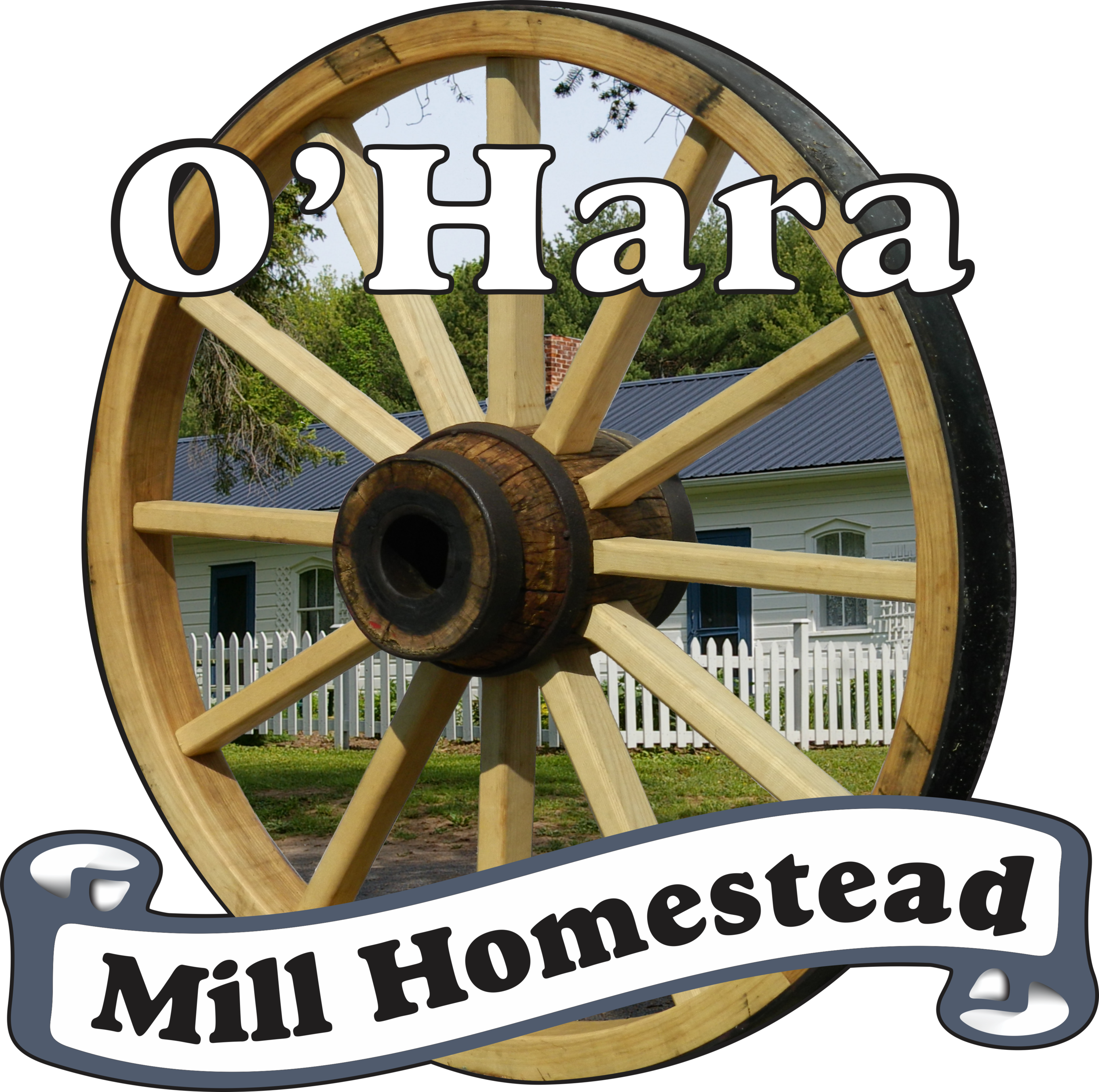The Horse's Frog?
Hello, and welcome back for week 2 of our summer blog postings! Today we’re going to be talking about a topic we find quite odd; the frog of a horse. When we first stumbled across this term in the farmer’s journal we both were extremely confused and initially thought that horses maybe kept their own pet frog (which seemed highly unlikely) so we had to read the article.
The frog of a horse refers to the softest part of the hoof. The frog is made of the same material as the rest of the hoof except it contains oil glands that make its structure more rubber-like. The rubbery property of the frog gives the horse’s hoof some “give” which minimizes shock as the hoof hits the ground. This “give” also acts as a sort of pump for the blood vessel contained within the hoof. As the hoof makes contact with the ground, the frog compresses the blood vessel which creates a pressure build-up. Once the hoof leaves the ground, it decompresses the blood vessel and sends the “old” blood back up to the heart. Super neat!
It is very important to understand how the frog works if you have a horse because the condition of the frog changes what environment the horse can ride best in. When the horse traverses in an environment not suited for its frog, the hoof will develop tenderness that could prevent the horse from moving much. Horses that tend to inhabit soft, wet pastures have a larger frog that makes contact with the ground. The larger frog allows the hoof to “flatten out” and expand the size of the hoof, which prevents the horse from sinking into the wet ground. On the contrary; horses that live in dry rocky country tend to have a smaller frog that sits up higher off the ground to prevent bruising from the constant battering of the hard terrain. The common riding horse has a frog that is in between the two extremes as it tends to change terrain more frequently. It is important to note that the frog will change to better suit its environment, it is best to ensure this change does not happen too quickly or this is when the previously mentioned tenderness occurs.
There has been debate amongst horseshoers and farriers as to how to care for the frog, mostly whether or not it should make contact with the ground. The answer; completely based on the environment the horse resides in. A horse in softer terrain (wet, sandy) does well having its frog make contact with the ground. A horse in rougher terrain (dry, hard, rocky) must have its frog rest up off the ground to prevent bruising. With all this being said; it is much more important to have the hoof trimmed to be well balanced, the frog will adjust to conditions.
Another thing of note; horses will shed their frog twice a year! They can come off in one go or in various pieces, but this is no cause for alarm. If the frog has only been partially shed, it is important to trim it all the way off.
As always, take our information with a grain of salt. We are not experts! The information we provide can become outdated so always do additional research if you plan to replicate anything.
𝓟𝓮𝓽𝓮𝓻 𝓪𝓷𝓭 𝓜𝓲𝓪

